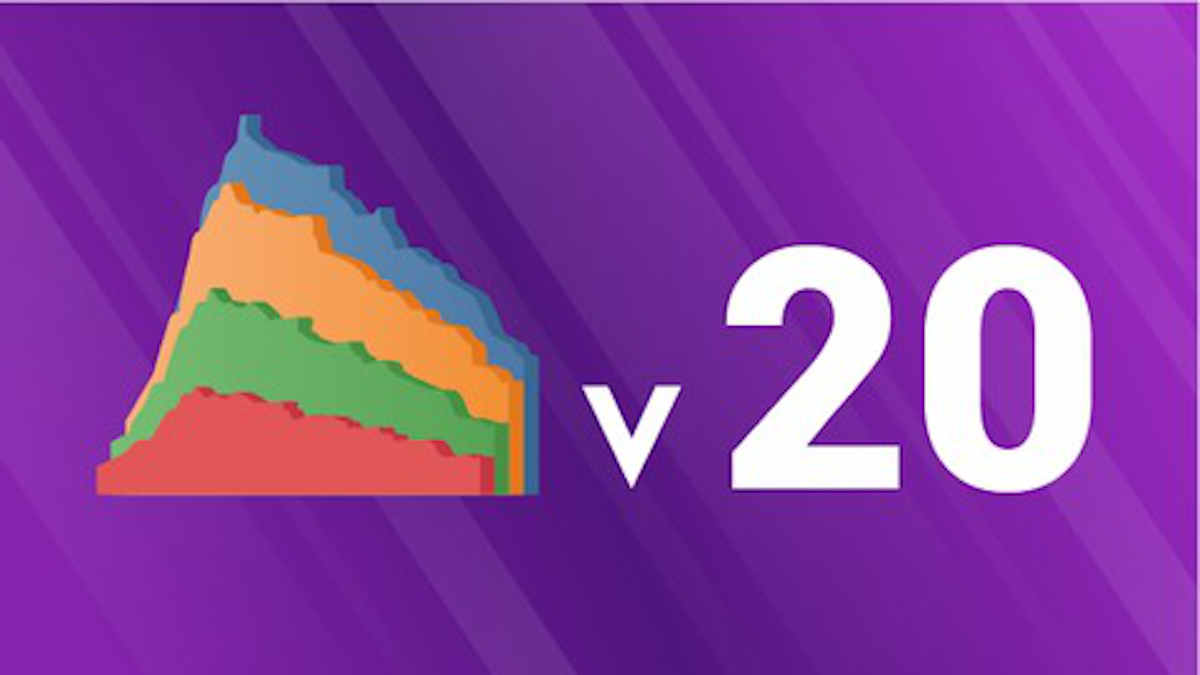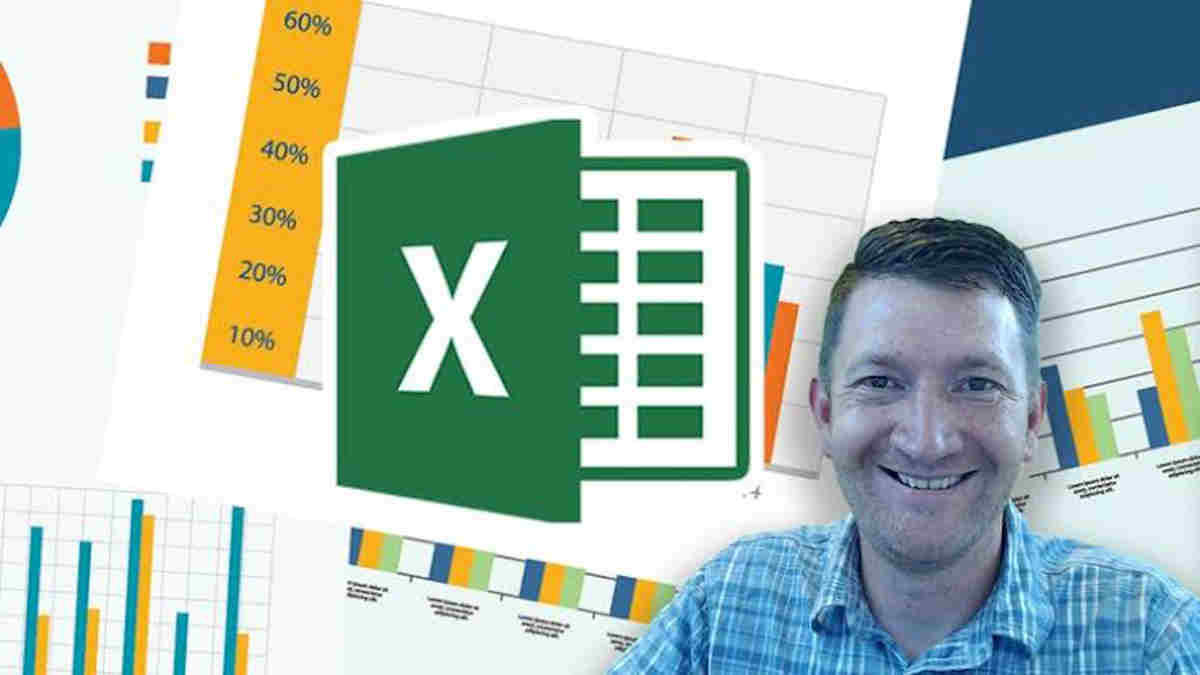Online Course. Complete guide to Reinforcement Learning, with Stock Trading and Online Advertising Applications.
What you’ll learn?
Apply gradient-based supervised machine learning methods to reinforcement learning.
Understand reinforcement learning on a technical level.
Understand the relationship between reinforcement learning and psychology.
Implement 17 different reinforcement learning algorithms.
Course content
Welcome
Return of the Multi-Armed Bandit
High Level Overview of Reinforcement Learning
Markov Decision Processes
Dynamic Programming
Monte Carlo
Temporal Difference Learning
Approximation Methods
Interlude: Common Beginner Questions
Stock Trading Project with Reinforcement Learning
Setting Up Your Environment (FAQ by Student Request)
Effective Learning Strategies for Machine Learning (FAQ by Student Request)
Appendix / FAQ Finale
Requirements
Calculus (derivatives)
Probability / Markov Models
Numpy, Matplotlib
Beneficial to have experience with at least a few supervised machine learning methods
Gradient descent
Good object-oriented programming skills
Description
When people talk about artificial intelligence, they usually don’t mean supervised and unsupervised machine learning.
These tasks are pretty trivial compared to what we think of AIs doing – playing chess and Go, driving cars, and beating video games at a superhuman level.
Reinforcement learning has recently become popular for doing all of that and more.
Much like deep learning, a lot of the theory was discovered in the 70s and 80s but it hasn’t been until recently that we’ve been able to observe first hand the amazing results that are possible.
In 2016 we saw Google’s AlphaGo beat the world Champion in Go.
We saw AIs playing video games like Doom and Super Mario.
Self-driving cars have started driving on real roads with other drivers and even carrying passengers (Uber), all without human assistance.
If that sounds amazing, brace yourself for the future because the law of accelerating returns dictates that this progress is only going to continue to increase exponentially.
Learning about supervised and unsupervised machine learning is no small feat. To date I have over TWENTY FIVE (25!) courses just on those topics alone.
And yet reinforcement learning opens up a whole new world. As you’ll learn in this course, the reinforcement learning paradigm is very from both supervised and unsupervised learning.
It’s led to new and amazing insights both in behavioral psychology and neuroscience. As you’ll learn in this course, there are many analogous processes when it comes to teaching an agent and teaching an animal or even a human. It’s the closest thing we have so far to a true artificial general intelligence. What’s covered in this course?
- The multi-armed bandit problem and the explore-exploit dilemma
- Ways to calculate means and moving averages and their relationship to stochastic gradient descent
- Markov Decision Processes (MDPs)
- Dynamic Programming
- Monte Carlo
- Temporal Difference (TD) Learning (Q-Learning and SARSA)
- Approximation Methods (i.e. how to plug in a deep neural network or other differentiable model into your RL algorithm)
- How to use OpenAI Gym, with zero code changes
- Project: Apply Q-Learning to build a stock trading bot
If you’re ready to take on a brand new challenge, and learn about AI techniques that you’ve never seen before in traditional supervised machine learning, unsupervised machine learning, or even deep learning, then this course is for you.
See you in class!
“If you can’t implement it, you don’t understand it”
- Or as the great physicist Richard Feynman said: “What I cannot create, I do not understand”.
- My courses are the ONLY courses where you will learn how to implement machine learning algorithms from scratch
- Other courses will teach you how to plug in your data into a library, but do you really need help with 3 lines of code?
- After doing the same thing with 10 datasets, you realize you didn’t learn 10 things. You learned 1 thing, and just repeated the same 3 lines of code 10 times…
Suggested Prerequisites:
- Calculus
- Probability
- Object-oriented programming
- Python coding: if/else, loops, lists, dicts, sets
- Numpy coding: matrix and vector operations
- Linear regression
- Gradient descent
What order should I take your courses in?
- Check out the lecture “Machine Learning and AI Prerequisite Roadmap” (available in the FAQ of any of my courses, including the free Numpy course)
Who this course is for:
- Anyone who wants to learn about artificial intelligence, data science, machine learning, and deep learning
- Both students and professionals
See more Artificial Intelligence Courses







